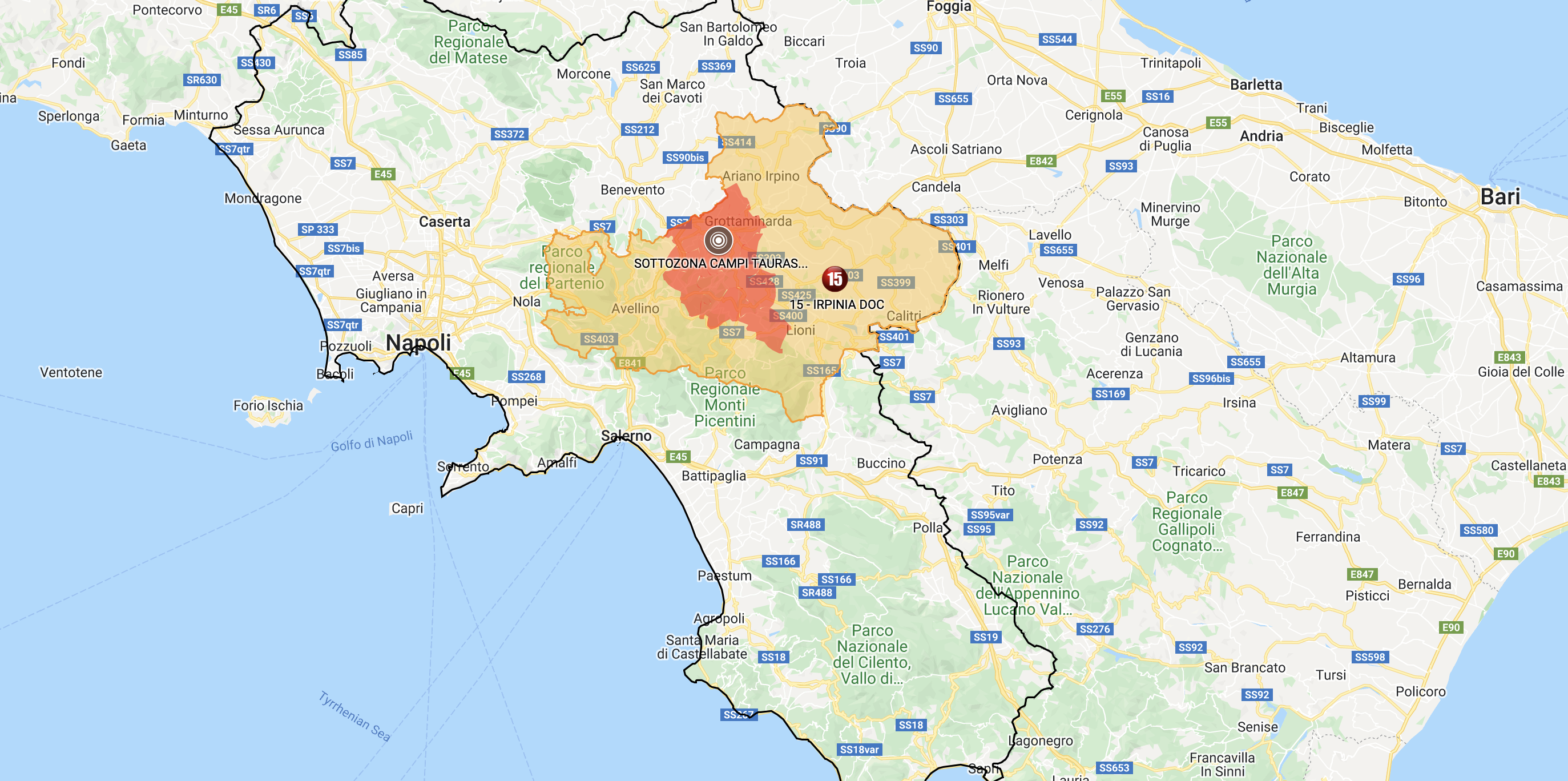The terroirs of the Vesce vineyards are included in the heart of the Aglianico di Taurasi production area, enjoying an extraordinary combination of the volcanic composition of the soil, the hilly climate and very peculiar exposures. .




TERROIR
The terroirs of the Vesce vineyards are included in the heart of the Aglianico di Taurasi production area, enjoying an extraordinary combination of the volcanic composition of the soil, the hilly climate and very peculiar exposures.
The environmental adaptation of this variety of Aglianico is an extraordinary example of viticultural biodiversity, which developed over the course of 3,000 years after the Hellenic colonization of the Magna Grecia. The vineyards from which Vesce wines are derived are located to the left of the Calore River, near the ancient pass of Ponte Appio (Ponterotto).
The intersection of several roads, traced by the Greeks and consolidated by the Romans, has favored the cultural rooting of this vine and its cultivation technique. The commercial traffic that developed from Ancient Greece towards Cuma, reinforced by the Romans who extended it to Rome, and later increased in the kingdom of Naples by the Swabians, Angevins and Aragonese, still animate this strip of land kissed by God. In addition to Aglianico vines, the fertile nature of this land boasts the cultivation of famous white grape varieties, such as Greco di Tufo and Fiano di Avelino, as well several extraordinary agricultural productions ranging from Ravece olives, high-altitude wheat, Beneventano tobacco, Avellan hazelnuts, cheeses and beef from the Podolica breed, and sheep from the Laticauda breed. These are now among many protected D.O.P. brands.
The Vesce vineyards of Case Arse and Cuorno, today falling within the municipality of Venticano, have belonged to the family for centuries. Until 1948, they fell within the territory of the Universitas di Pietradefusi, which became a municipality with the unification of Italy. Due to the high vocation of their terroirs, during the 19th century and up to the mid-900s, Apulian traders competed for the precious grapes suitable for giving flavor and color to their pale wines with high alcohol content.50
